Physical Address
304 North Cardinal St.
Dorchester Center, MA 02124
Physical Address
304 North Cardinal St.
Dorchester Center, MA 02124
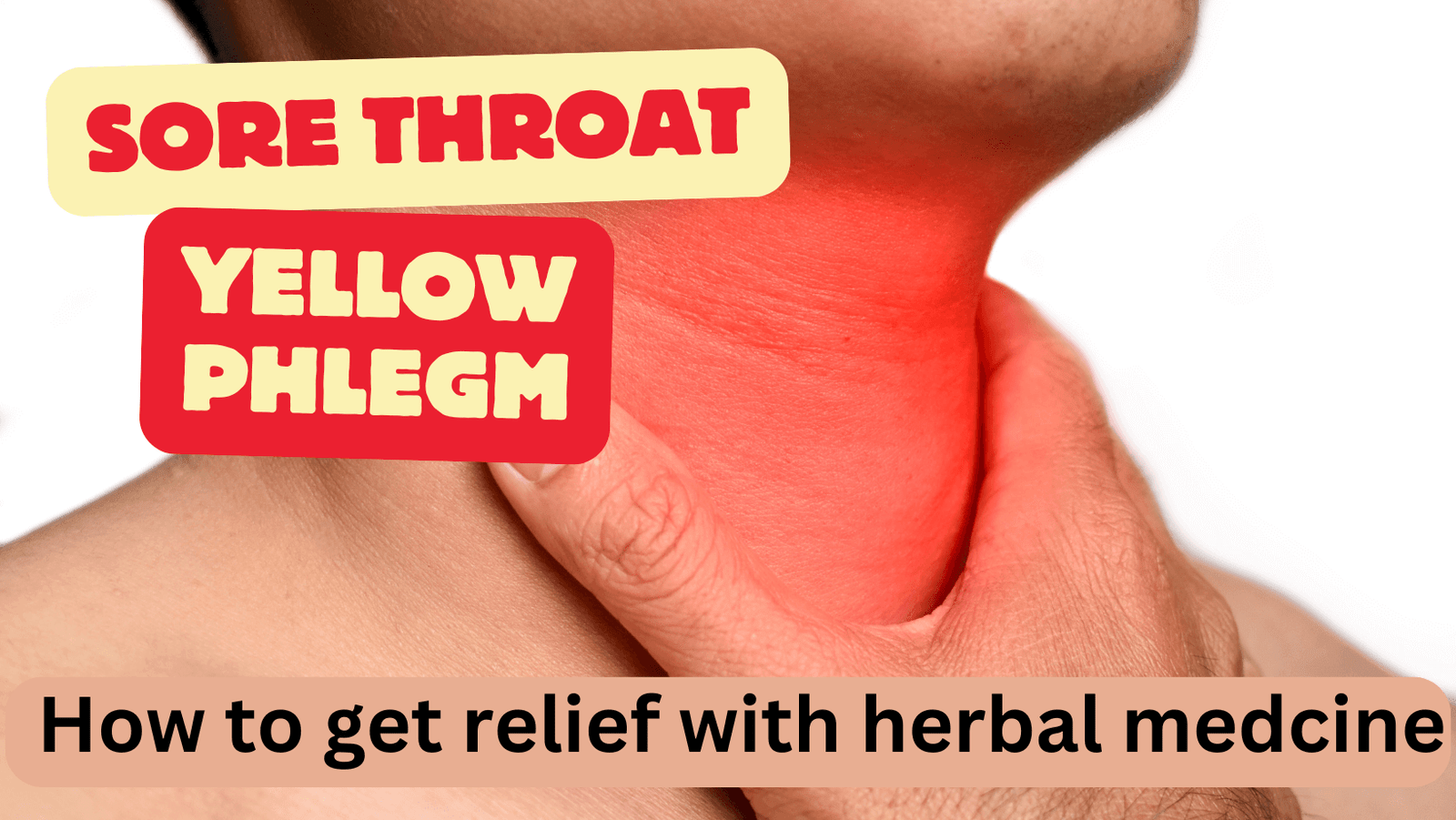
Experiencing a sore throat with thick, yellow phlegm can be unsettling. You might be wondering, ‘Is this just a minor cold, or something more serious?’ By understanding this common ailment, and the cause of yellow phlegm you can empower yourself to take control of your health.
This article will guide you through the causes of a sore throat and what yellow phlegm indicates. We’ll see how your body is fighting back to protect you. And look at some herbal medicine solutions.
Please read on for all the details.
And if you’d like to stay informed please sign up for our newsletter at the end of this article.
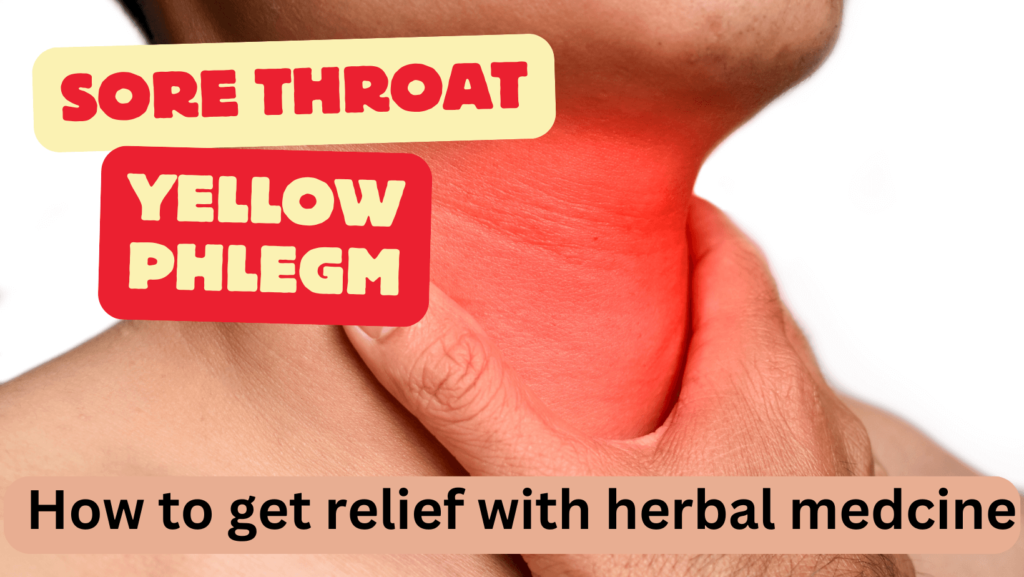
Contents
Yellow phlegm indicates that your body is actively fighting off an infection and that there is localized inflammation. In response to an infection, your immune system sends white blood cells to combat the invading germs. The remnants of the WBC vs infection battle then get picked up in mucus or other fluids to be cleared from your body. When this takes place in your throat or upper respiratory tract it turns the phlegm a yellowish color.
Think of it like this: the yellow color is a visual cue that your immune system is engaged in a fierce battle against an infection. It’s a sign that your body is working hard to protect you.
But what if it doesn’t go away, if the yellow phelgm is persisting, what can you do to clear it up for good?
We’ll go over some remedies, but first let’s look from the perspective of yellow phlegm according to traditional east asian medical theory.
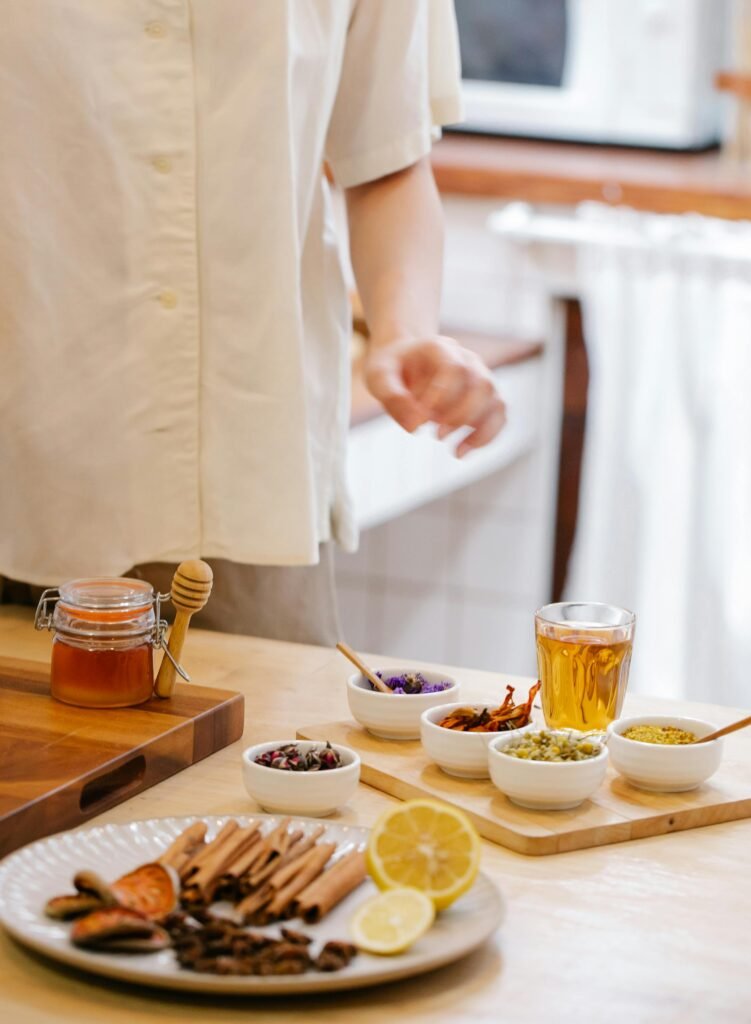
Yellow color indicates heat–the classical understanding of inflammation.
So yellow phlegm is a heat pattern disease of the lung system. Most commonly due to an external pathogen invading the body and causing a heat pattern response.
But sometimes it can also be considered an external wind-heat pattern. External because the respiratory tract is one of the body’s surface tissues that directly contacts the air in our environment. Wind as a descriptor for the sudden onset of symptoms.
Or in rare cases, yellow phlegm might be wind-cold manifesting as a true cold false heat pattern.
In all three cases, using heat-clearing herbs is the appropriate treatment. To increase effectiveness though we should consider adding herbs specific to the pattern diagnosis.
If yellow phlegm occurs without a sore throat, this might not be a lung pattern or external pattern condition. Allergies or other sources of irritation may be causing ongoing inflammation indicating a spleen qi or spleen yang deficiency. And this is treated differently.
But if both a sore throat and yellow phlegm are present this is almost always a heat or wind-heat or phlegm-heat type pattern.
Let’s look at some of the ways to remedy it.

In the next section we’ll look at herbal medicine options, but let’s first review the basic steps you can take with tools that you likely have on hand. Here’s a short list of what might help ease your symptoms.
You also should be getting plenty of rest and minimizing physical and psychological stress–keeping your immune system as strong as possible.
Scute is a power anti-inflammatory, antibacterial, and antiviral. It is used for the treatment of an array of inflammatory conditions, but is especially helpful in targeting inflammation in the respiratory tract. Records from as far back as 2000 years ago document the use of this powerful herb for respiratory infection treatments.
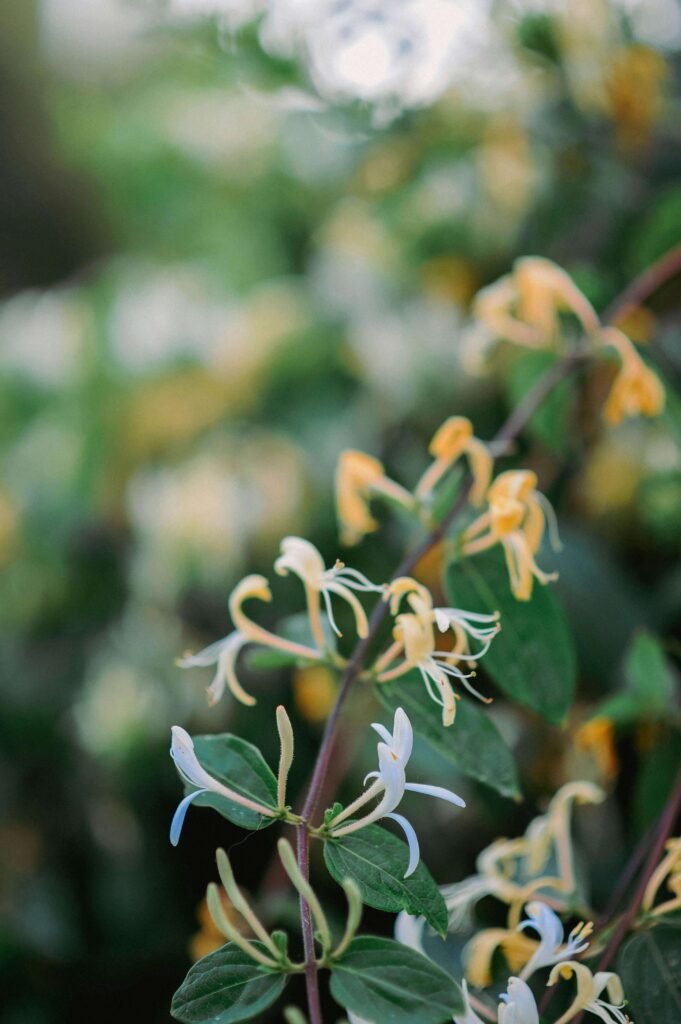
JinYinHua also has anti-bacterial, anti-inflammatory, and antiviral effects. And is commonly used for external wind heat pattern type respiratory tract infections. It soothes the inflammation and helps the body battle the pathogen.
GuiZhi is one of the most commonly prescribed herbal medicinals for respiratory tract infection. It bolsters the immune response, focusing action of the superficial tissues of the body, promoting circulation to those areas to bring the immune attack and resolve the waste products. This is what is meant by “resolving the exterior.” It also reduces pain and swelling and has anti-bacterial and anti-fungal effects.
JingJie is a go to option for treating swelling and inflammation in the throat. According to the old texts, “for throat pain, JingJie must be used(咽痛必用荊芥).” Since JingJie is an external resolving herb it helps to bolster the immune response and can be used in cases of both wind-cold and wind-heat type pathogens.
BeiMu is used for clearing phlegm in the respiratory tract, although it is commonly used for chronic cough its primary function is to reduce and expel phlegm from the throat and chest. There are two varieties of BeiMu, ZheBeiMu (fritillaria thunbergii) and ChuanBeiMu (fritillaria cirrhosa), the former is used in cases of heat-type phlegm the latter is used as a more gentle option and to assist in moisturizing the throat in addition to clearing phlegm.
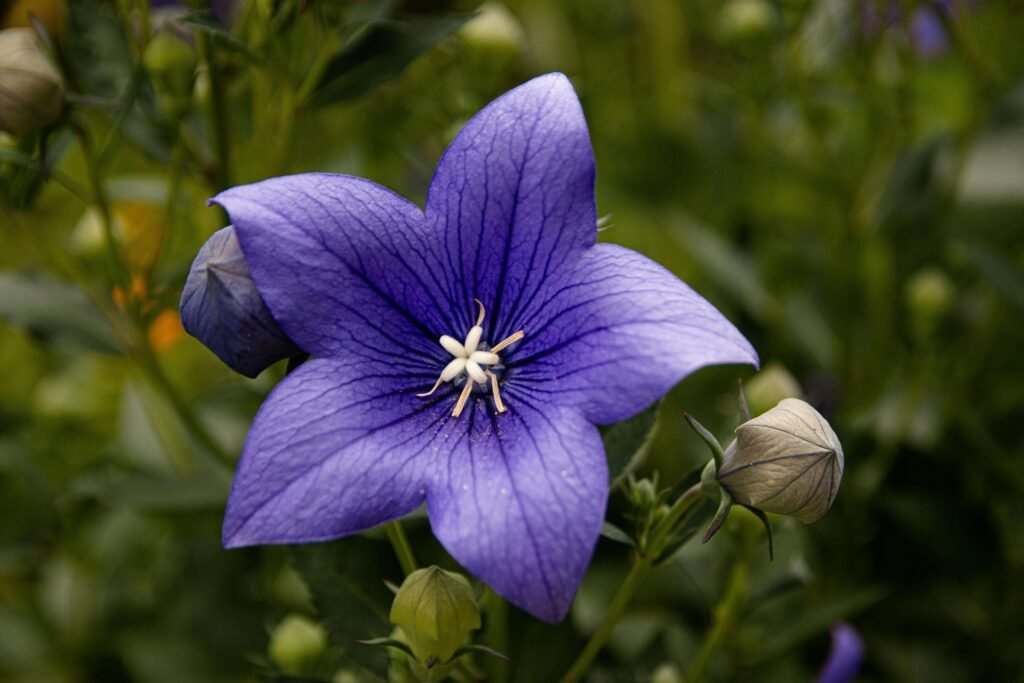
JieGeng soothes the throat, clears phlegm from the respiratory tract and reduces coughing. It promotes healthy secretions of the lining of the respiratory tract and reduces phlegm and inflammation. For hoareseness, loss of voice, and throat pain it is a very useful herb.
A sore throat is a common ailment, and yellow phlegm is an indicator that your immune system is battling back against the infection. Healthy habits including rest and hydration with time are often enough to allow symptoms to resolve.
But for more rapid relief or if symptoms are persisting, these herbal medicine options are available to get you on the road to recovery.
If you are considering adding herbal medicine to your healthcare toolkit, please discuss with your health care provider.
And if you’d like to explore these remedies as well as other herbal medicine options, you can schedule a consultation with me by clicking on the link below. Or visiting the clinic website at www.flowhealthclinc.com
And while you are here please sign up for our newsletter